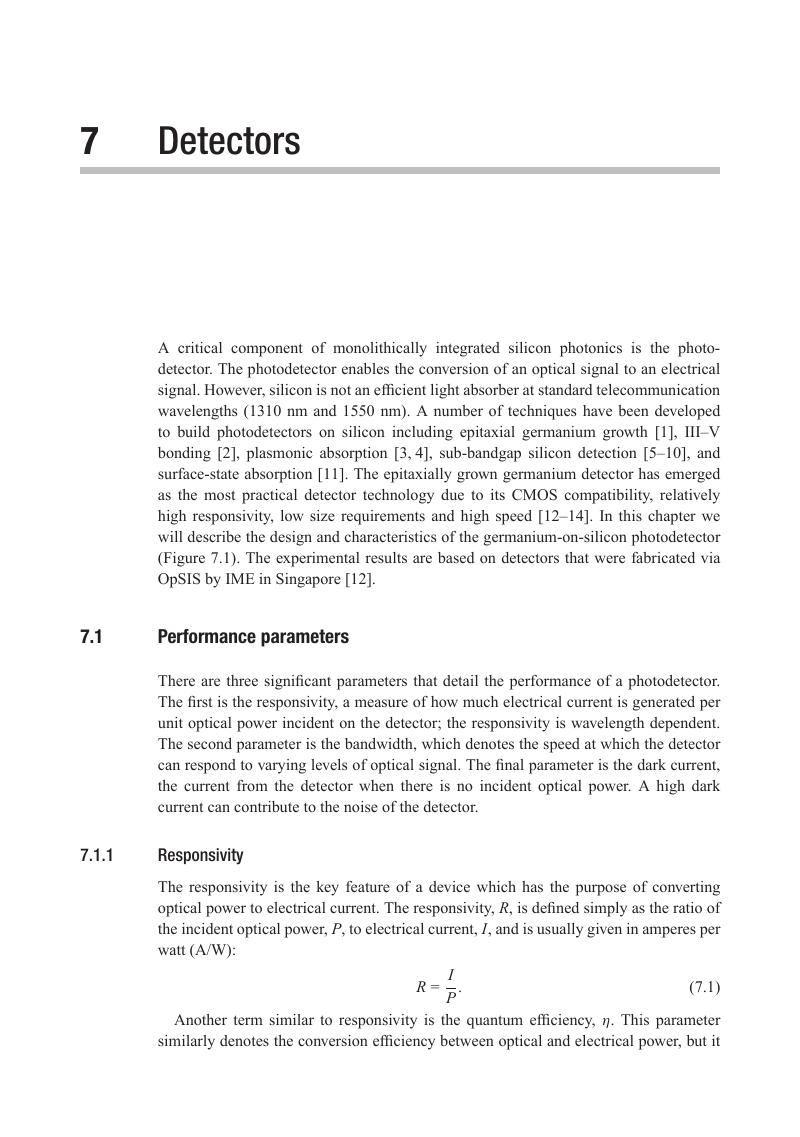7 - Detectors
from Part III - Active Components
Published online by Cambridge University Press: 05 April 2015
Summary

- Type
- Chapter
- Information
- Silicon Photonics DesignFrom Devices to Systems, pp. 259 - 294Publisher: Cambridge University PressPrint publication year: 2015



